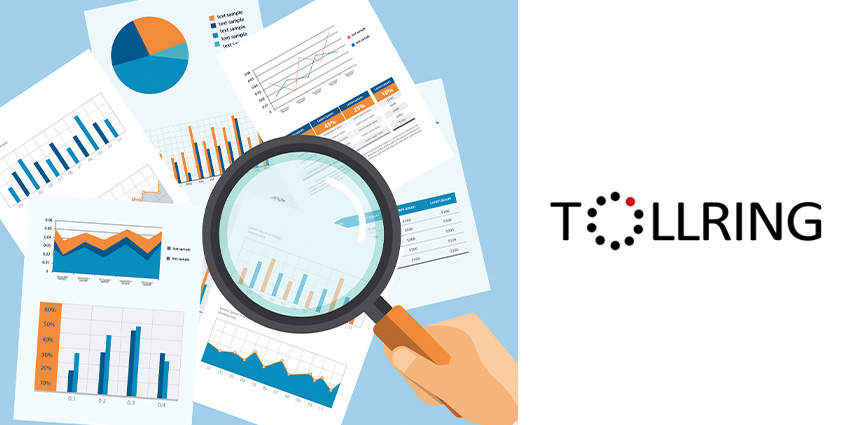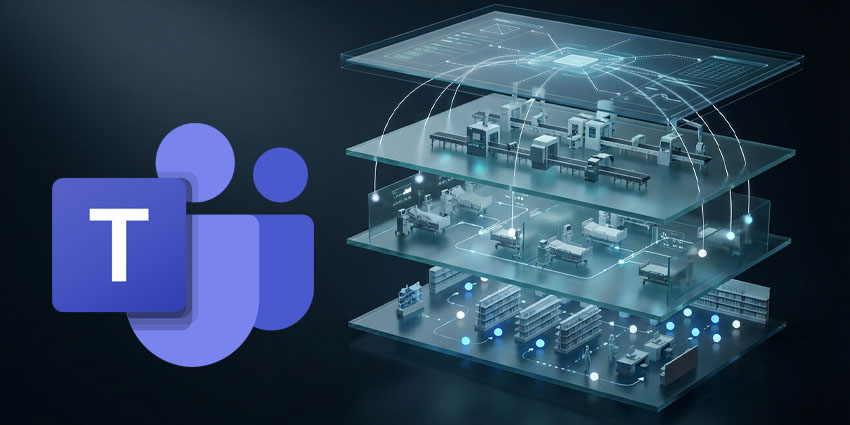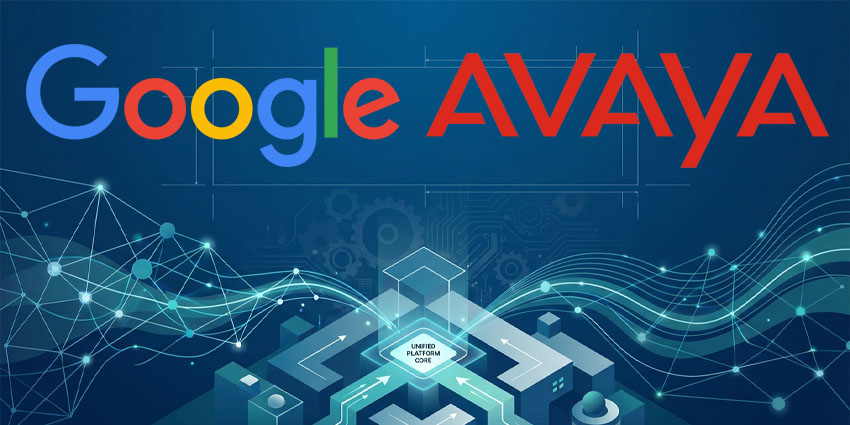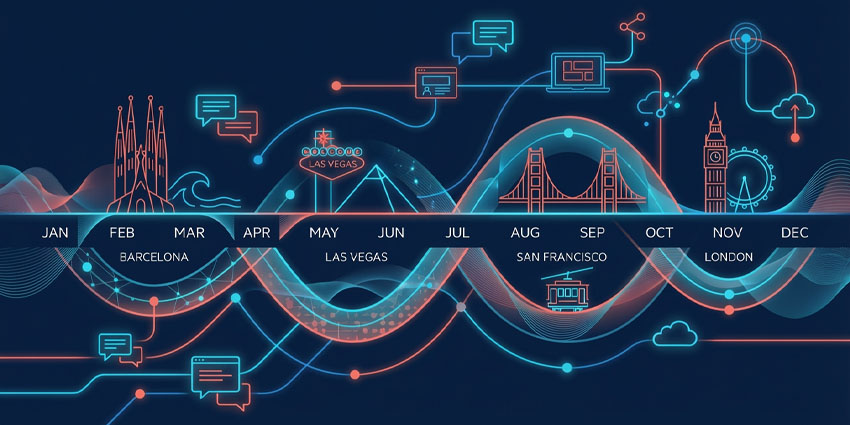A customer journey is a well-used yet often-misunderstood term. It is mistakenly conflated with the customer experience when, in fact, the journey is what creates and enables the experience. The customer journey starts with that first customer interaction and extends throughout a transaction until the process is complete and the experience is delivered. Now, with customers doing more and more remotely, the customer journey in terms of unified communications is often the sole way companies can present their business.
“The customer journey is what the experience looks like from starting the conversation to completing the transaction, and that is challenging and involves many different people,” explains Tony Martino, the Chief Executive Officer of Tollring, an international software vendor specialising in communication analytics and data visualisation. “The more efficient and better the journey, the greater the customer’s perception of your business and the experience it provides. Being able to improve is very much about managing all those touchpoints a customer has and our view is that businesses need to be able to perform analytics in order to make improvements.”
Collaboration across departments is vital
Telephony is still the most popular communication choice among all demographics with a 2020 Zendesk report confirming that 66% of people say they have resolved an issue over the phone during the last year. The report found that 71% of customers understand that companies may need to collaborate internally to reach a resolution but found that 68% of customers are annoyed when their call is transferred between departments. This is largely because of having to restate the issue and explain again what they want to happen.
“There are substantial differences between large and small-to-medium sized businesses,” adds Martino. “Very large businesses have very formal approaches while the majority of businesses take an informal approach with customer facing teams often involved in other functions within the business. It’s therefore important that you understand the experience and take into account interactions on the journey to understand how effective the customer experience has been. It can’t be siloed just in customer care activity, it has to be a broader and holistic experience across the entire customer journey and back-office events.”
With new hybrid modes of working the need to direct calls to the right people and ensure interaction between teams is effective is much more challenging because people are in different locations. This can frustrate the goal of getting a view of the entire experience but analytics tools can offset this. At the same time, the stakes have risen higher and half of customers in a Zendesk 2021 study said that customer experience is more important to them now than it was a year ago, before the pandemic.
Quantify performance to deliver improvements
“For us being able to provide visibility and UC tools that enable businesses to understand agent availability and collaboration status means workers can be empowered to do the best jobs they can do,” he says. “UC solutions have to be about the customer experience and tools to make sure it is excellent. However, if you can’t quantify performance, it’s extremely challenging to do anything to improve it.”
That quantifying of performance is a function of analytical tools but understanding of the business is also required. The customer journey starts with the number the customer calls. Whether it is to the main switchboard, a warehouse or a customer service line results in a different start point and the potential for customers to he transferred or put on hold. Other experience-affecting variables include time of day because there may be insufficient staff to deal with a spike in demand, or talk time. If organisations can understand if it’s taking too long to get an answer they can instead arrange to call the customer back. This is often the more appreciated resolution and experience for customers.
“One company that we’ve brought on to our analytics offering had the view that every call had to be handled by a human but this led to incredibly complex journeys and call flows as people in the warehouse tried to transfer calls to salespeople or customer care,” says Martino. “When we put our analytics in, we were able to identify the best approach and, in the real world, that’s not getting the warehouse manager to answer the phone, it’s arranging a call back and addressing the customer’s needs. Of course, every business is different, but without data and insight it becomes very difficult for businesses to understand these customer journeys, let alone evaluate and improve them.”







